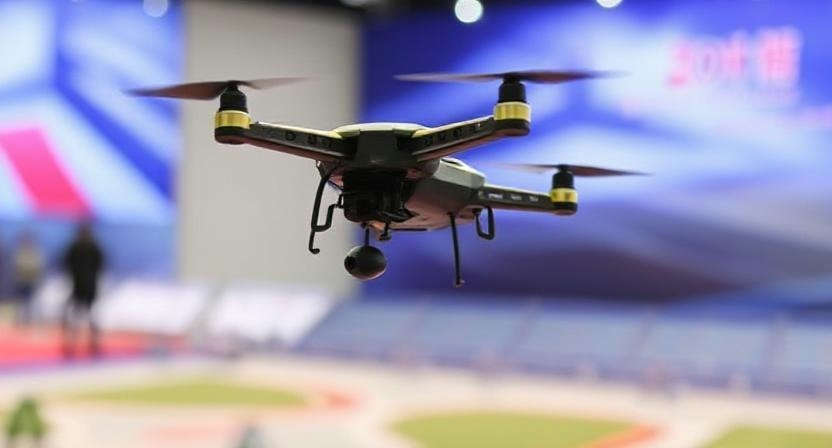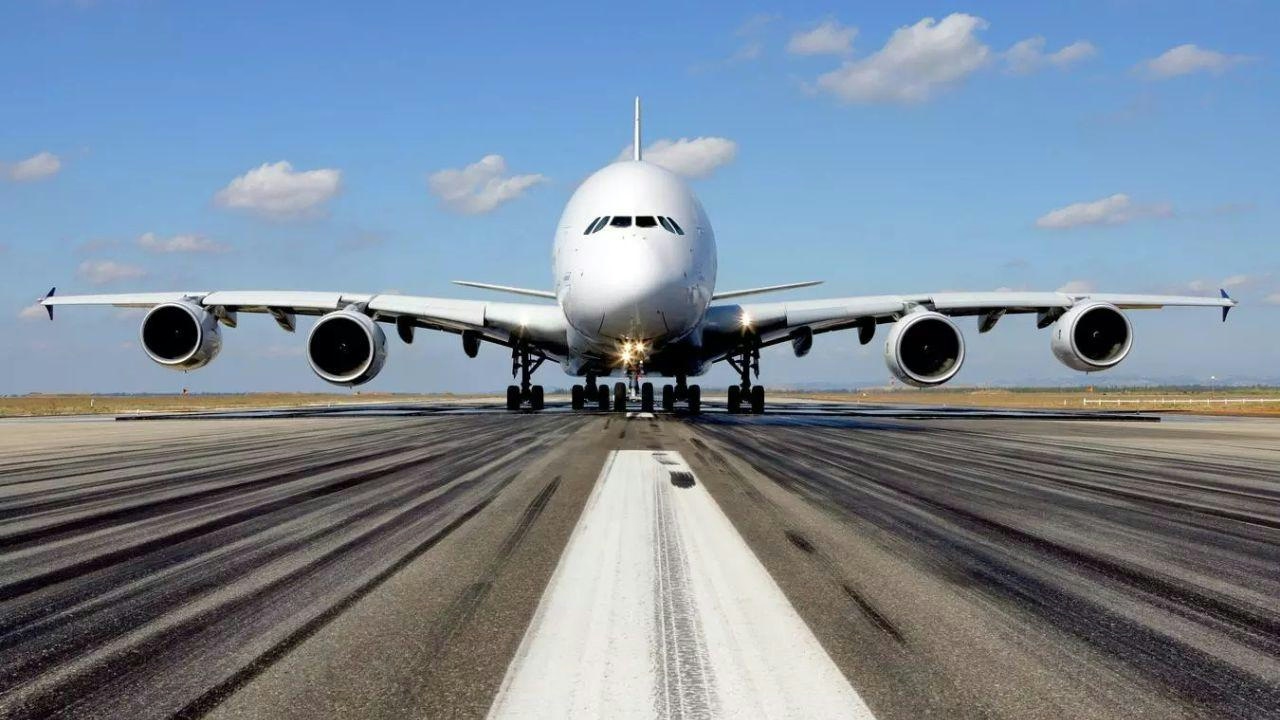
AeroGenie — ваш интеллектуальный второй пилот.
В тренде
Categories
Strengthening Cybersecurity in Aviation and Logistics Amid Geopolitical Risks

Strengthening Cybersecurity in Aviation and Logistics Amid Geopolitical Risks
As global commerce increasingly relies on digital infrastructure, the aviation and logistics sectors have become prime targets in the arena of geopolitical cyber warfare. In recent years, cyberattacks against these industries have surged dramatically, with both state-sponsored entities and criminal organizations exploiting systemic vulnerabilities for strategic advantage and financial gain.
Escalating Threats and Industry Vulnerabilities
Between 2023 and 2025, the frequency and sophistication of cyberattacks on airlines and logistics networks have risen sharply. According to Thales, ransomware attacks on the aviation sector increased by an astonishing 600% year-on-year, with 22 distinct ransomware groups active during 2024 and 2025 alone. A notable incident occurred in 2024 when the Rhysida group targeted Seattle-Tacoma International Airport, forcing a reversion to manual operations and causing disruptions that resulted in an estimated $6 million loss in daily revenue. This attack exemplifies how geopolitical tensions can transform cyber threats into potent instruments of disruption. Similarly, the Volt Typhoon campaign, attributed to Chinese state-backed actors, targeted U.S. maritime logistics, revealing the sector’s susceptibility to strategic sabotage.
The logistics industry faces comparable risks. The 2024 CrowdStrike outage, though accidental, exposed the fragility of global supply chains and inflicted direct losses amounting to $5 billion for Fortune 500 companies. The emergence of AI-driven cyberattacks and the proliferation of Ransomware-as-a-Service (RaaS) models have further democratized cybercrime, enabling smaller actors to inflict significant damage on critical infrastructure.
Challenges in Enhancing Cyber Resilience
Efforts to bolster cybersecurity in aviation and logistics confront numerous obstacles. The rapid migration to cloud-based environments has introduced new security challenges, including limited visibility into threats and budgetary constraints that hamper effective detection and response. Additionally, compatibility issues with legacy systems impede the deployment of advanced cybersecurity solutions. These technical challenges are compounded by intensifying geopolitical rivalries, particularly between the United States and China, which heighten the urgency for organizations to implement robust and adaptive security protocols.
Market Dynamics and Investment Trends
The global aviation cybersecurity market is projected to nearly double, expanding from $4.6 billion in 2023 to $8.42 billion by 2033. This growth is driven by stringent regulatory requirements and ongoing digital transformation initiatives. Leading industry players such as Raytheon, Thales, and Honeywell are investing heavily in AI-powered threat detection and network segmentation technologies. Meanwhile, startups are innovating with blockchain applications to enhance supply chain transparency and developing quantum-resistant encryption methods to counter emerging cyber threats.
In the logistics sector, regulatory frameworks like the European Union’s NIS2 Directive and the United States’ Cyberspace Solarium Commission 2.0 are accelerating demand for real-time threat monitoring and zero-trust security architectures. Companies including Cisco, IBM, Darktrace, and CrowdStrike are capitalizing on these trends. There is also a growing market for integrated cyber insurance products designed to mitigate risks such as vessel and aircraft spoofing or jamming.
Strategic and Geopolitical Considerations
Investors must carefully consider the geopolitical context surrounding cybersecurity investments. The ongoing digital standoff between the U.S. and China has spurred significant funding into post-quantum cryptography, with the National Institute of Standards and Technology’s (NIST) migration roadmap serving as a critical framework for enhancing resilience. The United Nations’ 2024 cybercrime convention seeks to harmonize international response protocols, although enforcement remains uneven. Diversification strategies—spanning established defense contractors like Lockheed Martin, agile technology startups, and geographically varied markets—are essential to mitigating exposure to politically volatile regions.
The Road Ahead
As cyberattacks evolve beyond operational disruptions to become instruments of geopolitical influence, the aviation and logistics sectors must adopt proactive, multi-layered defense strategies. For investors, prioritizing companies that integrate artificial intelligence, quantum-resistant technologies, and real-time threat intelligence will be crucial. With robust market growth and increasing regulatory momentum, cybersecurity resilience has emerged as a fundamental pillar of global infrastructure, transitioning from a niche concern to a critical investment imperative.

Europe Advances Aviation Sustainability Through SAF Mandates and Innovation

Lufthansa's Fleet Plans for 2025

Fifteenth National Games Model Aviation Finals in Longhua Showcase Drone Sports and Innovation

Brazilian Woman Becomes First Female Captain of Airbus A380

Airbus and Boeing: Comparing Their Global Reach

Vietjet Orders 100 Airbus A321neo Jets, Strengthening UK-Vietnam Strategic Partnership

The Aircraft Set to Replace the Iconic Superjumbo

Delta Air Lines Introduces AI-Powered Concierge Service

Shanghai to Host 2025 North Bund International Aviation Forum
